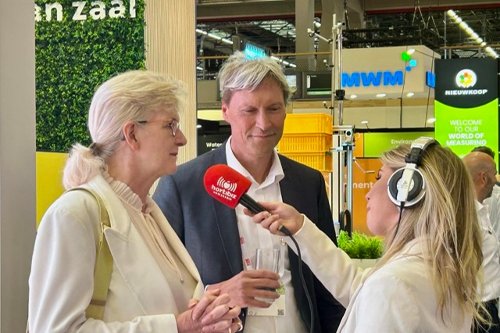The power of red light in greenhouse farming
Added on 18 January 2024

The use of supplemental lighting in greenhouse farming has become increasingly popular to increase plant growth and yield and has helped further develop our understanding of how the spectrum of light provided to plants affects plant growth and development. In particular, the use of red light, defined as light with wavelengths 600 – 700 nm, has been shown to have numerous benefits for plant development and production. This blog will focus on three key topics regarding the use of red light in greenhouse farming: 1) how red light improves photosynthetic efficiency, 2) increased light absorption for red photons, and 3) how red light and far-red light interact with phytochrome absorption to control plant morphology, including flowering and fruiting.
How Red Light Improves Photosynthetic Efficiency
Photosynthesis is the process by which plants convert light energy into chemical energy to fuel growth and development. The efficiency of photosynthesis is determined by the amount of light that is absorbed by the plant’s pigments, particularly chlorophyll. The McCree curve (McCree 1976) is a graphical representation of the relationship between photosynthetic rate and light wavelength. It shows that red light is more efficient for photosynthesis than blue light, with the peak efficiency occurring at around 625 nm (Figure 1). Interestingly, green light (500 – 600 nm) is also more efficient than blue light. Coupling its higher photosynthetic efficiency with deeper penetration into the plant canopy, reaching unsaturated leaves lower on the plant, green light plays an active role in biomass production. Check out our blog covering green light for more information.
.png)
Figure 1. The action spectrum developed by McCree showing the relationship between photosynthetic rate and light wavelength. Red and blue curves represent absorption of phytochromes.
The primary reason why red light is more efficient than other colors is that chlorophyll, the primary pigment involved in photosynthesis, has a higher absorption coefficient for red light, meaning that chlorophyll molecules are more effective at capturing and utilizing red light energy to drive photosynthesis compared to other colors. Additionally, red light is less absorbed by other pigments, such as anthocyanin, a pigment that gives plants their red and purple coloration. This means that more red light can penetrate deeper into the plant’s tissues, allowing for greater absorption by chlorophyll.
More news















